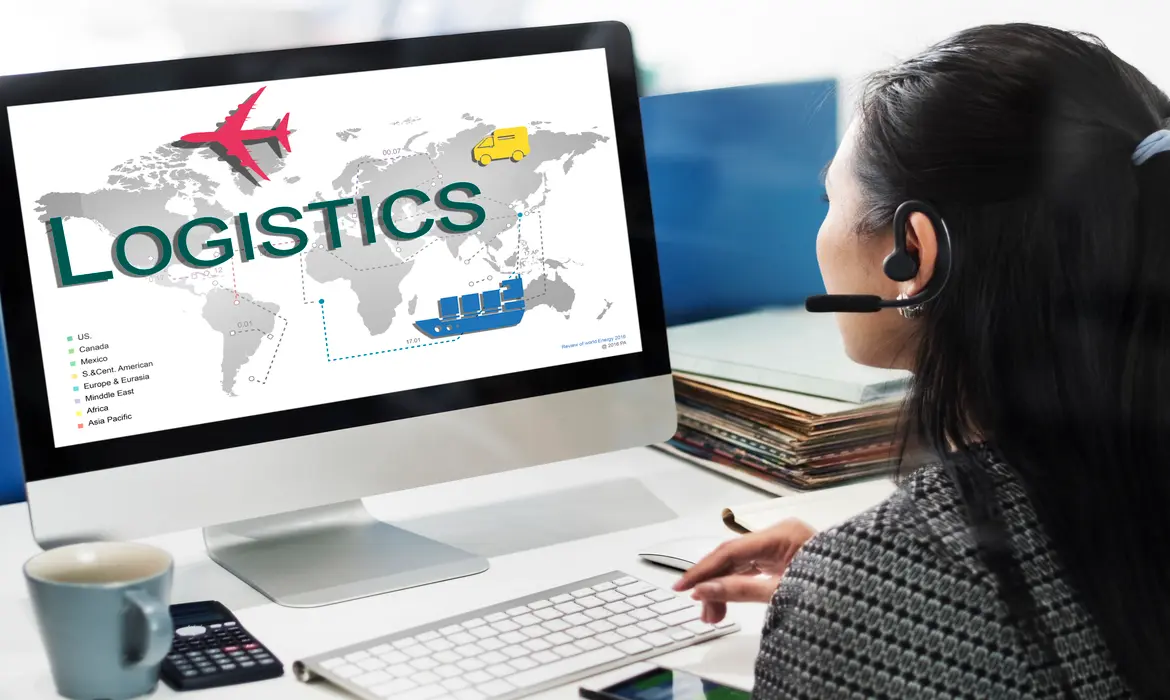Enhancing Real-Time Logistics Visibility with Web-Based Fleet Tracking
In logistics, timing and visibility are everything. Whether it’s a delivery truck stuck in traffic or an inventory discrepancy at the warehouse, small gaps in visibility can cause big headaches. That’s why modern logistics operations are turning to web-based fleet tracking systems—tools that combine real-time data, interactive maps, and smart insights into one centralized dashboard.
This blog dives into how we built a feature-rich dashboard using React, GraphQL, and Mapbox to help logistics teams track fleet status, route history, and inventory movement—all in one place.
Bridging Data and Decision-Making in Logistics
When vehicles are constantly moving and warehouses are rapidly restocking, manual tracking systems fall short. What teams need is live, centralized visibility across their fleet and stock.
That’s where our web-based fleet dashboard comes in:
Dynamic maps with route overlays
Real-time vehicle status indicators
QR-enabled inventory updates
Seamless GraphQL queries for fast data retrieval

Designing a Dashboard Built for Speed and Scale
We built the frontend using React, allowing for fast rendering, reusable components, and responsive layout. Whether accessed on a warehouse desktop or a logistics manager’s laptop, the interface adapts without losing context.
Mapbox integration enabled us to:
Visualize truck movements in real-time
Highlight route efficiency and delays
Overlay custom markers for stops and issues
GraphQL on the backend allowed for:
Efficient querying of only the data needed
High-performance filtering by route, driver, or location
Easy integration with existing logistics databases
From Inventory Flow to Route Optimization
This dashboard wasn’t just about maps. We included:
Inventory flow tracking via QR scanning
Job status updates synced from mobile devices
Geofencing alerts for route deviations
Metrics for delivery performance and turnaround time
Warehouse managers can now spot bottlenecks, flag idle trucks, and balance inventory—all from one screen. It’s not just about seeing where things are, but why they’re delayed and how to fix it.

Why Real-Time Visibility = Smarter Logistics
The logistics sector is shifting from reactive to proactive. With this dashboard, companies are no longer waiting for the end of the day to gather reports—they’re making decisions live, backed by real-time data.
Key Benefits:
Increased delivery reliability
Reduced driver downtime
Faster warehouse processing
Actionable insights for operations managers
This project proves how web-based tools can transform logistics, especially when performance, visibility, and usability align.
Q&A: The Tech Behind the Fleet Dashboard
Q: Why React for a logistics dashboard?
A: React provides speed, flexibility, and a component-driven architecture. It’s perfect for fast updates and rendering dynamic map data.
Q: How does GraphQL improve logistics data handling?
A: GraphQL lets us fetch only the data we need—no bloated REST endpoints. This improves load speed and gives frontend teams more control.
Q: Can this system scale for enterprise fleets?
A: Absolutely. The modular React architecture and scalable GraphQL backend are designed to support everything from 10 to 1,000+ vehicles.
Q: Is this web-only, or does it sync with mobile too?
A: It syncs seamlessly with our Flutter mobile companion app for drivers—enabling job status updates, barcode scanning, and issue reporting.

Final Thoughts
Fleet tracking isn’t just about knowing where things are. It’s about empowering teams to act faster, plan smarter, and serve better. With a modern tech stack and a user-centered design, we built a dashboard that turns logistics noise into clear, actionable insight.
If you’re in logistics, warehousing, or supply chain management, a well-designed web dashboard could be your most valuable tool in 2025 and beyond.

